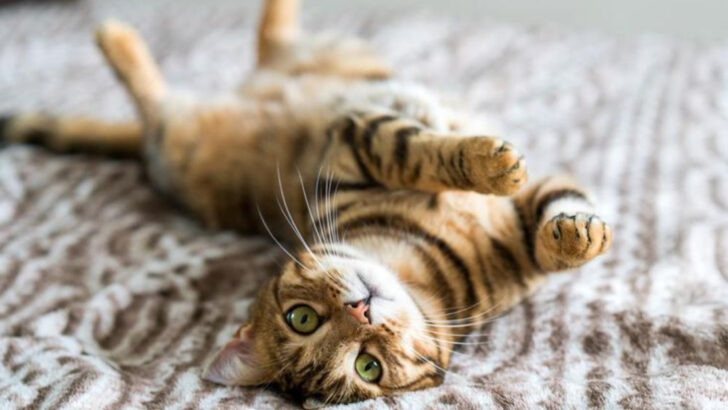Cats are full of secrets, and just when you think you know everything about them, they surprise you. From their gravity-defying jumps to the way they communicate without making a sound, these little mysteries on four paws are anything but ordinary.
Did you know a cat’s purr isn’t just a sign of happiness? Or that some felines have survived impossible situations that would make even the toughest animals jealous? They may act like royalty, but behind those smug little faces are some truly bizarre and impressive abilities.
Whether you’ve lived with cats for years or just admire them from afar, there’s always something new to learn. Their quirks, their history, and even their biology are packed with surprises.
Get ready to fall even deeper into the world of feline fascination with these 17 mind-blowing cat facts every true cat lover needs to know!
Ancient Egyptian Reverence
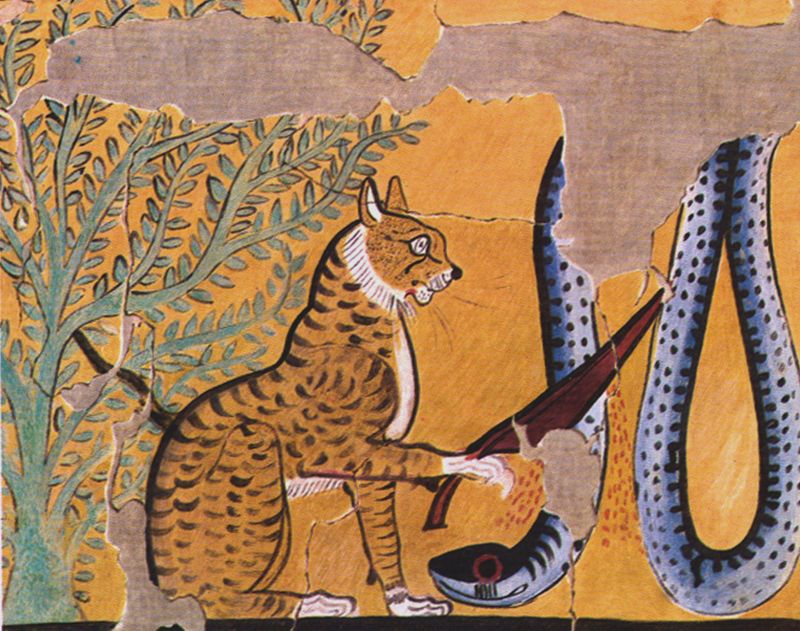
In ancient Egypt, cats were much more than pets; they were revered as sacred beings. They were associated with the goddess Bastet, the deity of home, fertility, and women’s secrets. Due to this divine connection, harming a cat was considered a grave sin, punishable by death. Egyptian households often kept cats to protect their home from vermin and snakes. It’s fascinating to note how Egyptian artistry frequently featured cats, highlighting their esteemed role in society. The reverence was so profound that families went into mourning when a cat died, showing their deep connection.
The Cat’s Purr

A cat’s purr is not just a sign of contentment; it’s a complex vocalization that can express a range of emotions. Interestingly, cats may purr to comfort themselves when they are anxious, frightened, or in pain. The frequency of a cat’s purr, typically between 25 and 150 Hertz, is known to have therapeutic effects, potentially aiding in the healing of bones and tissues. Many cat owners find the sound of purring incredibly soothing, attributing it to stress relief and relaxation. This unique trait makes the feline purr a subject of scientific interest.
Cats and Their Whiskers
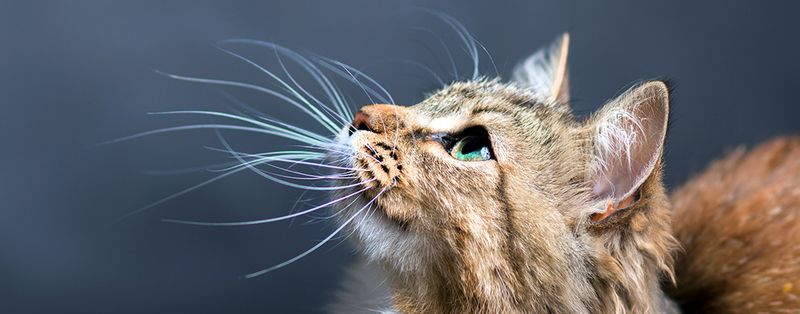
Whiskers are not just facial adornments; they’re vital sensory tools for cats. These specialized hairs are deeply embedded in the skin and connected to the cat’s nervous system. They help cats sense changes in their surroundings, detect movement, and even navigate tight spaces. Whiskers are so sensitive that they can pick up on the tiniest vibrations in the air. This sensitivity aids in hunting and nighttime explorations. It’s important not to cut them, as doing so can disorient the cat and hinder its ability to interact with the environment effectively.
Nocturnal Nature
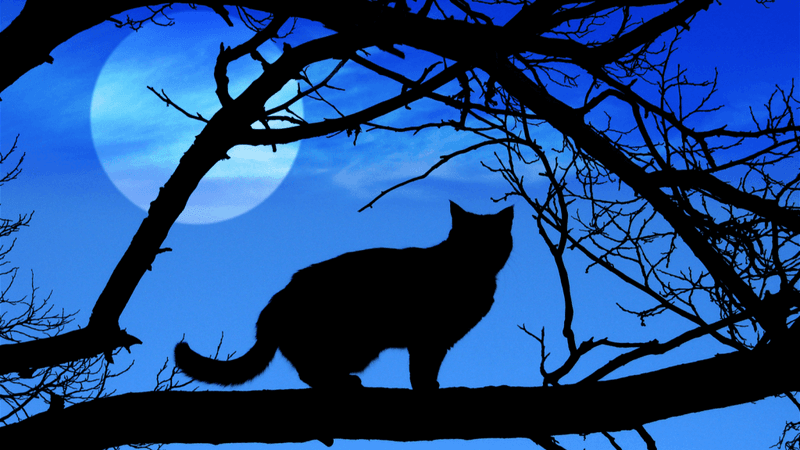
Cats are natural night owls, with a vision that thrives in low light conditions. This nocturnal nature stems from their wild ancestors, who hunted under the cloak of darkness. Their eyes contain more rod cells than those of humans, allowing them to see well in the dim light. This adaptation is coupled with their keen sense of hearing, making them adept night hunters. Despite being domesticated, house cats often exhibit bursts of energy at night, much to the intrigue and sometimes frustration of their humans. It’s a testament to their wild heritage.
Cat Communication

Cats have a complex system of communication, utilizing vocalizations, body language, and even scent markings. While meowing is primarily reserved for human interaction, cats use a variety of sounds like trills, chirps, and hisses to express themselves. Body language, such as tail position and ear orientation, plays a crucial role in their interactions. A cat with its tail held high is usually displaying confidence or happiness. Understanding these signals can significantly enhance the bond between a cat and its owner, allowing for a more harmonious coexistence.
Cats and Water
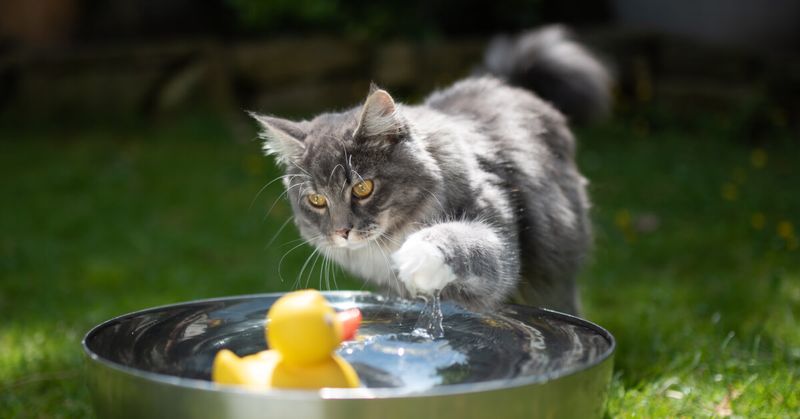
Contrary to popular belief, not all cats dislike water. Some are genuinely intrigued by it and will play with dripping faucets or running water. Breeds such as the Turkish Van even enjoy swimming. However, most cats prefer to keep their distance from full immersion. Their grooming habits might be one reason behind this aversion, as wet fur can be uncomfortable and take a long time to dry. Additionally, in the wild, staying dry can be crucial for maintaining warmth and ensuring stealth during hunts. Observing a cat’s interaction with water can be fascinating.
Feline Flexibility
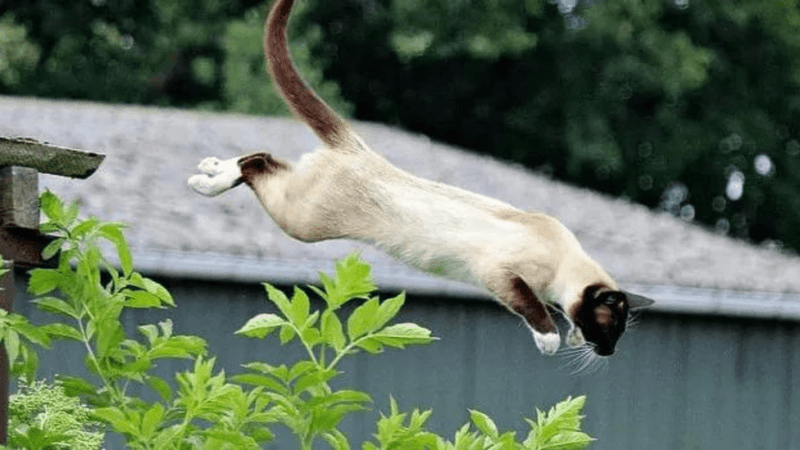
Cats are renowned for their flexibility, credited to their unique skeletal structure. They possess a flexible spine and the ability to rotate their pelvis, allowing them to twist and turn in mid-air with remarkable agility. This flexibility is also evident in their stretching routines, which help keep their muscles supple and ready for action. Their agility is further enhanced by powerful back legs, enabling them to leap great distances. This physical prowess is not only a result of anatomy but also an evolutionary adaptation from their wild ancestors, who relied on agility for survival.
Nine Lives Myth
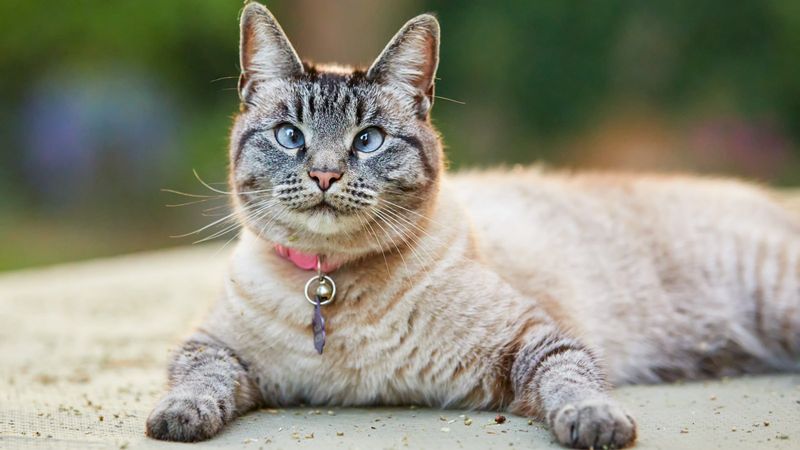
The saying that cats have nine lives is rooted in their remarkable survival abilities. This myth likely arises from their agility, quick reflexes, and ability to land on their feet from falls. Cats have a unique skeletal structure that allows them to twist their bodies mid-air and spread out their body weight, aiding in softer landings. Despite their physical prowess, it’s crucial to ensure their safety around high places and dangerous areas. While they may seem invincible, cats are still susceptible to injuries, emphasizing the need for a safe environment.
Unique Cat Breeds

The world of cats is brimming with diverse breeds, each possessing unique traits and characteristics. From the hairless Sphynx to the long-haired Maine Coon, every breed has its charm and allure. Some breeds are known for their sociable nature, while others are more independent. Breeds like the Siamese are vocal, engaging in conversations with their owners, whereas the British Shorthair is more reserved. Recognizing these differences is essential for potential cat owners, as it helps in choosing a furry companion that aligns with their lifestyle and preferences.
Cats and Their Territory
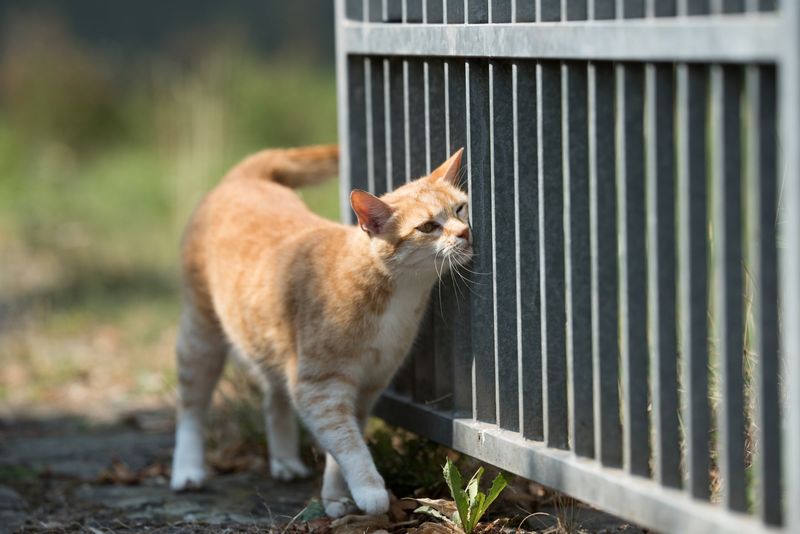
Cats are territorial creatures, often establishing and defending their personal space. They use scent markings, such as rubbing their head or body against objects, to claim their territory. This behavior is not just about ownership but also about comfort and security. A cat’s territory can include both indoor and outdoor areas, depending on their environment. It’s vital for cat owners to respect this need for space, providing them with places to retreat and feel secure. Understanding territorial behavior can help prevent conflicts and ensure a happy coexistence.
The Cat’s Tail
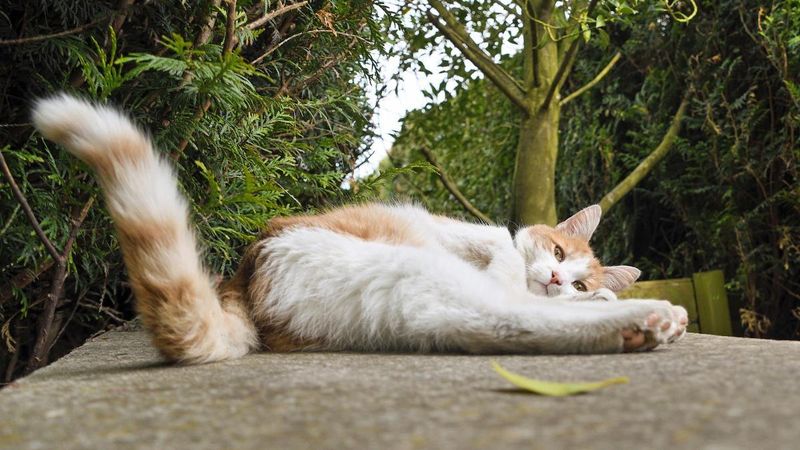
A cat’s tail is more than just an appendage; it’s a vital communication tool. The position and movement of a cat’s tail can convey a wide range of emotions, from excitement to agitation. A raised tail often indicates a happy cat, while a puffed-up tail can signal fear or aggression. Observing these cues can provide insights into a cat’s mood and intentions. It’s fascinating to see how cats use their tails for balance as well, especially when navigating narrow paths or high places. This multifaceted tool adds to their mystique.
Cats and Their Curiosity
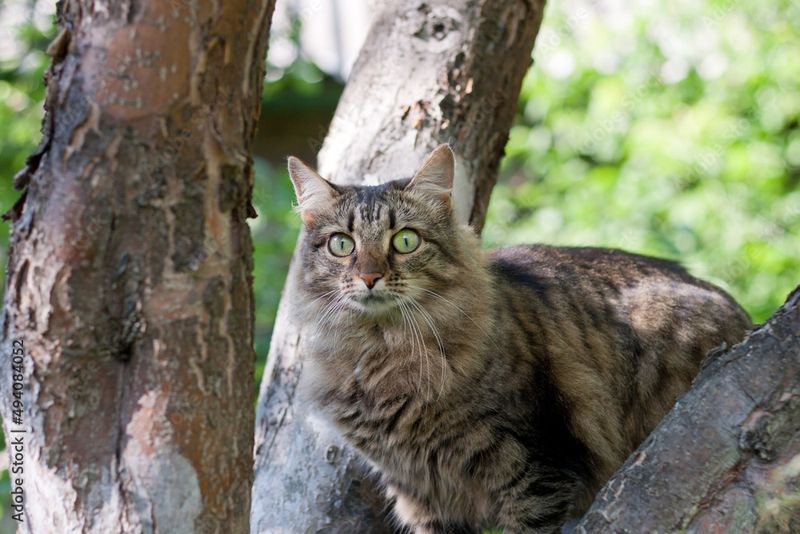
The phrase “curiosity killed the cat” highlights the inquisitive nature of felines. Cats are naturally curious creatures, drawn to explore their surroundings and investigate new objects or changes. This curiosity is an evolutionary trait, enabling them to learn about potential threats or opportunities in their environment. While it fuels their adventurous spirit, it also requires vigilance from cat owners to ensure their safety. Hazards such as open windows, poisonous plants, or small objects can pose risks. Despite the challenges, their curiosity is a source of endless entertainment and fascination.
Feline Grooming Rituals
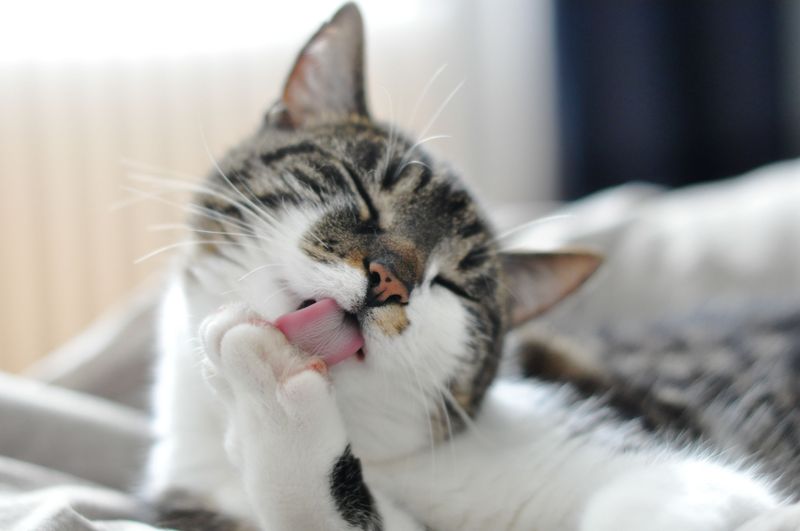
Cats are meticulous groomers, spending a significant portion of their day cleaning their fur. This grooming ritual is essential for maintaining their hygiene, helping to remove loose fur, dirt, and parasites. Grooming also aids in regulating body temperature and spreading natural oils throughout their coat, keeping it sleek and shiny. Beyond physical benefits, grooming can have a calming effect, helping cats to de-stress and relax. However, excessive grooming may indicate stress or health issues, warranting attention from the owner. Understanding this ritual sheds light on their daily lives.
Indoor vs. Outdoor Cats
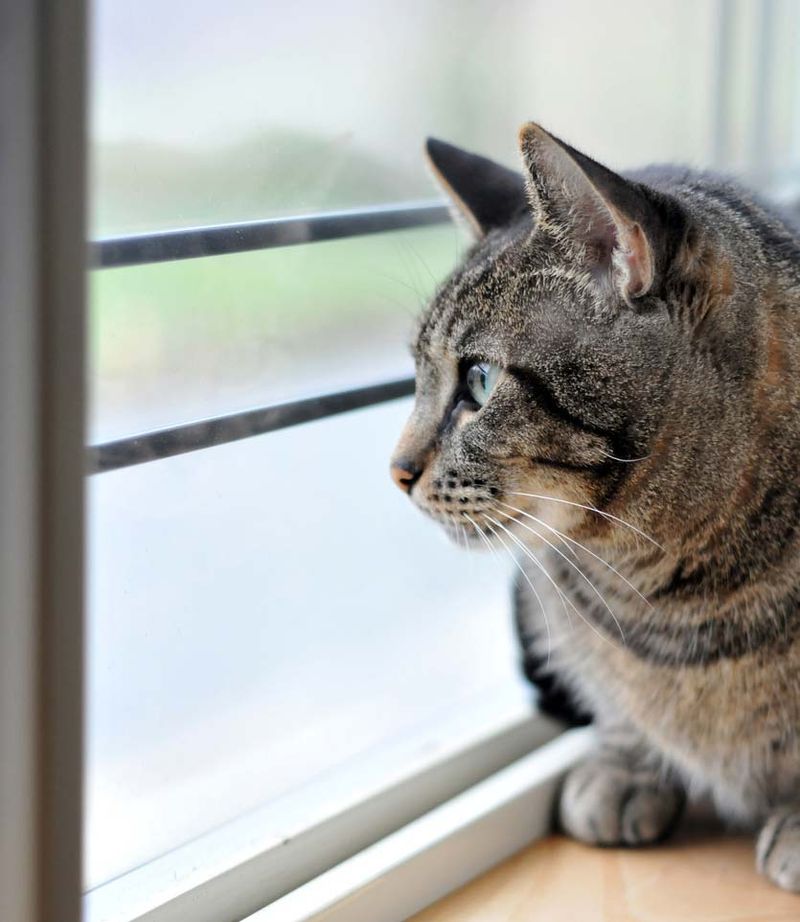
The debate between keeping cats indoors versus allowing outdoor access is ongoing among cat owners. Indoor cats are generally safer from threats like traffic, predators, and diseases. They often enjoy a longer lifespan and more controlled environment. Conversely, outdoor cats experience greater freedom, mental stimulation, and opportunities to express natural behaviors like hunting. It’s crucial to weigh the pros and cons based on individual circumstances and the area in which you live. Providing enrichment for indoor cats can mimic outdoor experiences, ensuring a fulfilling life without the risks.
Cats and Human Companionship
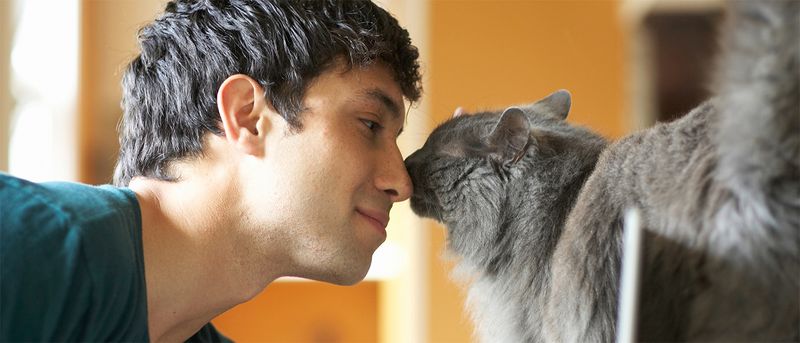
Cats form unique bonds with humans, displaying affection in subtle yet meaningful ways. Unlike dogs, their love is often shown through gentle head butts, purring, or the soft kneading of paws. This companionship offers emotional benefits, as studies have shown that interacting with cats can lower stress and improve mood. While some cats are more aloof, others seek constant attention, highlighting the diversity in feline personalities. Understanding and respecting these differences strengthens the human-cat relationship, leading to a harmonious and joyful coexistence. It’s a bond cherished by cat lovers worldwide.
Cats in Pop Culture

Cats have left an indelible mark on pop culture, appearing in films, literature, and even social media. Characters like Garfield, the Cheshire Cat, and Puss in Boots have charmed audiences with their wit and charisma. These feline icons reflect the allure and mystique of real-life cats, capturing their essence in entertaining narratives. Beyond fiction, real cats like Grumpy Cat have become internet sensations, spreading joy to millions. This cultural presence underscores the timeless appeal of cats, celebrating their role as both cherished companions and symbols of intrigue and humor.
Senior Cats
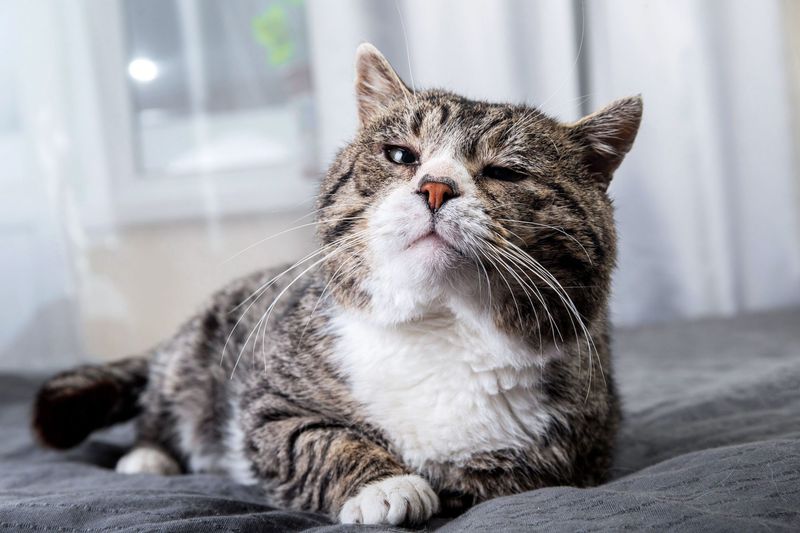
As cats age, they undergo various physical and behavioral changes, similar to humans. Senior cats may experience reduced activity levels, changes in appetite, or joint stiffness. Providing a comfortable and supportive environment is crucial to their wellbeing. Regular veterinary check-ups ensure that any health issues are addressed promptly. Older cats often exhibit a sense of wisdom and calm, having navigated the trials of youth. They can form deep bonds with their owners, offering companionship and affection in their golden years. Cherishing this stage enriches the human-cat relationship profoundly.

